July 2-8, 2023
Summer doldrums
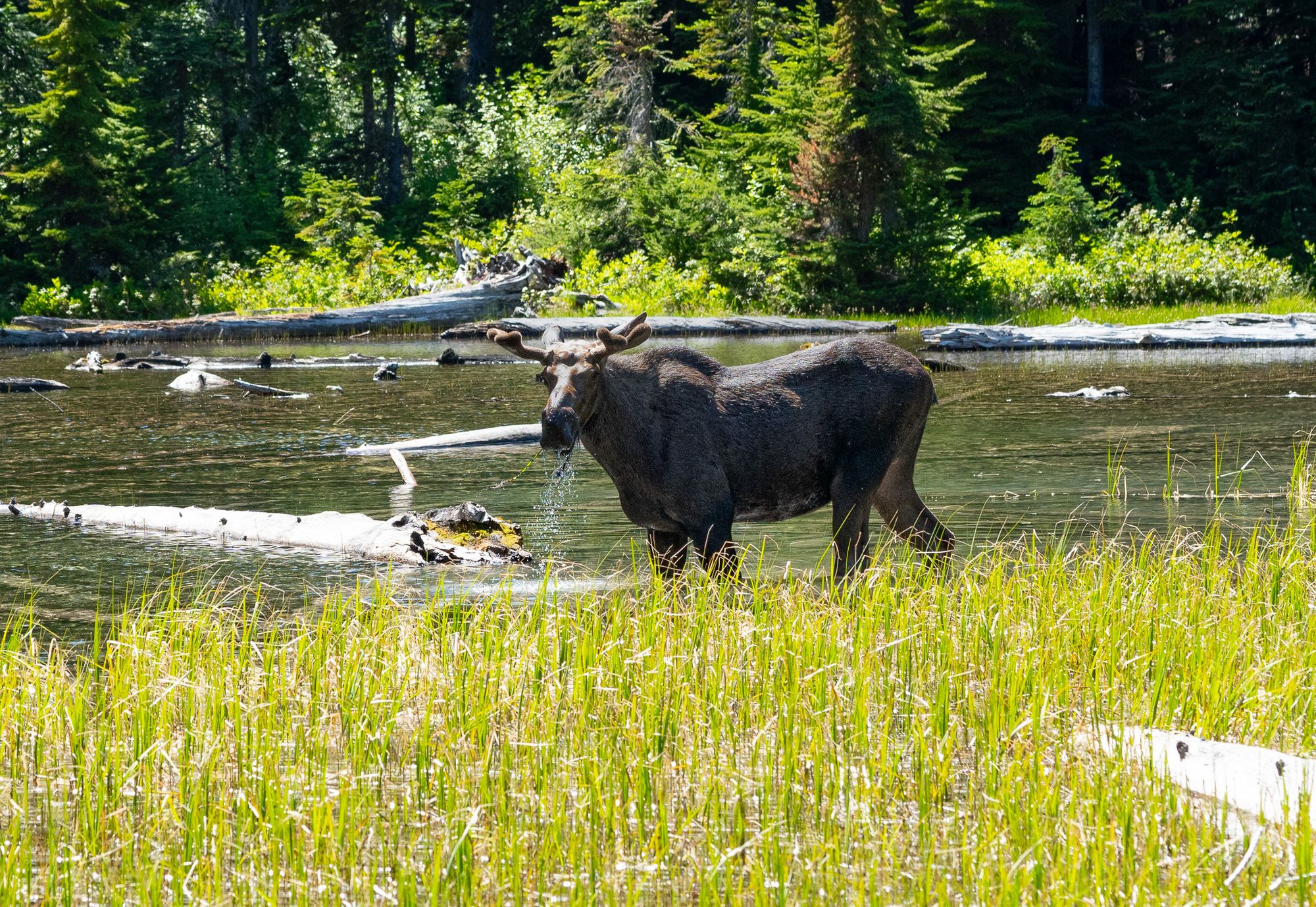
With the arrival of hot weather, flowers and animals are subdued and harder to find so maybe it's time to head for a lake or river to cool off!
Week in Review
While their sheer numbers are greatly reduced, it's still possible to find some interesting flowers and insects around the Methow Valley, and I've loved seeing what folks have been posting on the Facebook group this week.
For example, this remarkable robber fly is the kind of insect that would stop you in your tracks. Measuring about an inch long, this fearsome predator using its huge eyes to spot flying insects that it chases down and kills with a long piercing beak. It then drinks its victim dry and discards the lifeless husk. There are around 1000 types of robber flies in North America and they are one of our more fascinating critters.

We've also been learning a lot about our local bumblebees this year, and this week we had a chance to learn about the Van Dyke bumblebee. This is a common western bumblebee, mostly restricted to areas west of the Cascade-Sierra Nevada mountains. Males are notable for their extensive yellow coloration and they are even more conspicuous because they actively patrol specific routes in search of mates.
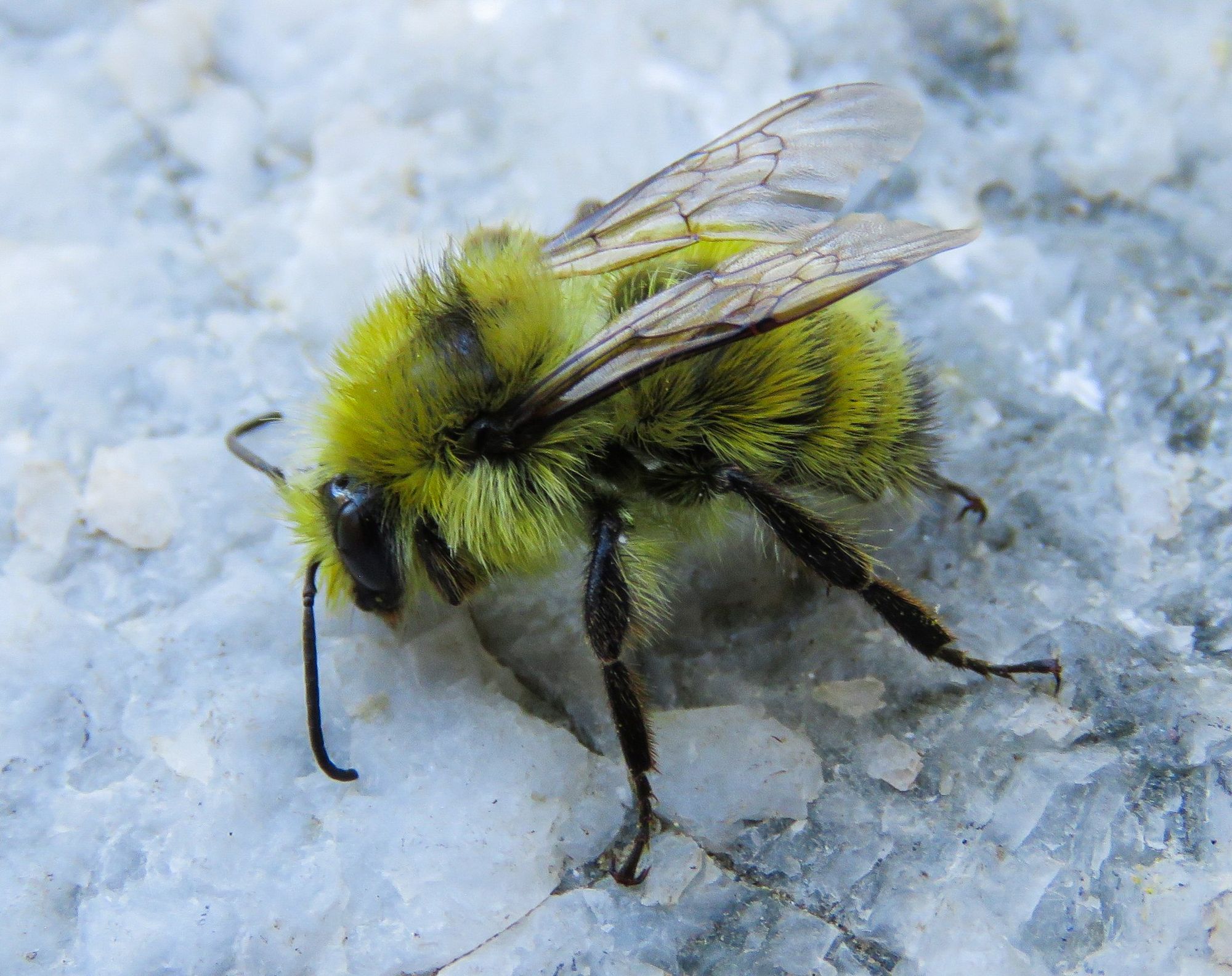
Before we turn to plants it's worth acknowledging the continued presence of our local frogs. We had some (spadefoots?) hopping across the road last night, and if you have a spring box or wet spot in your garden you might have some Pacific treefrogs seeking refuge in the cool, moist shade. Treefrogs visit ponds to breed in the early spring but for the rest of the summer they scatter onto land where they are experts at finding pockets of moisture in dry areas.
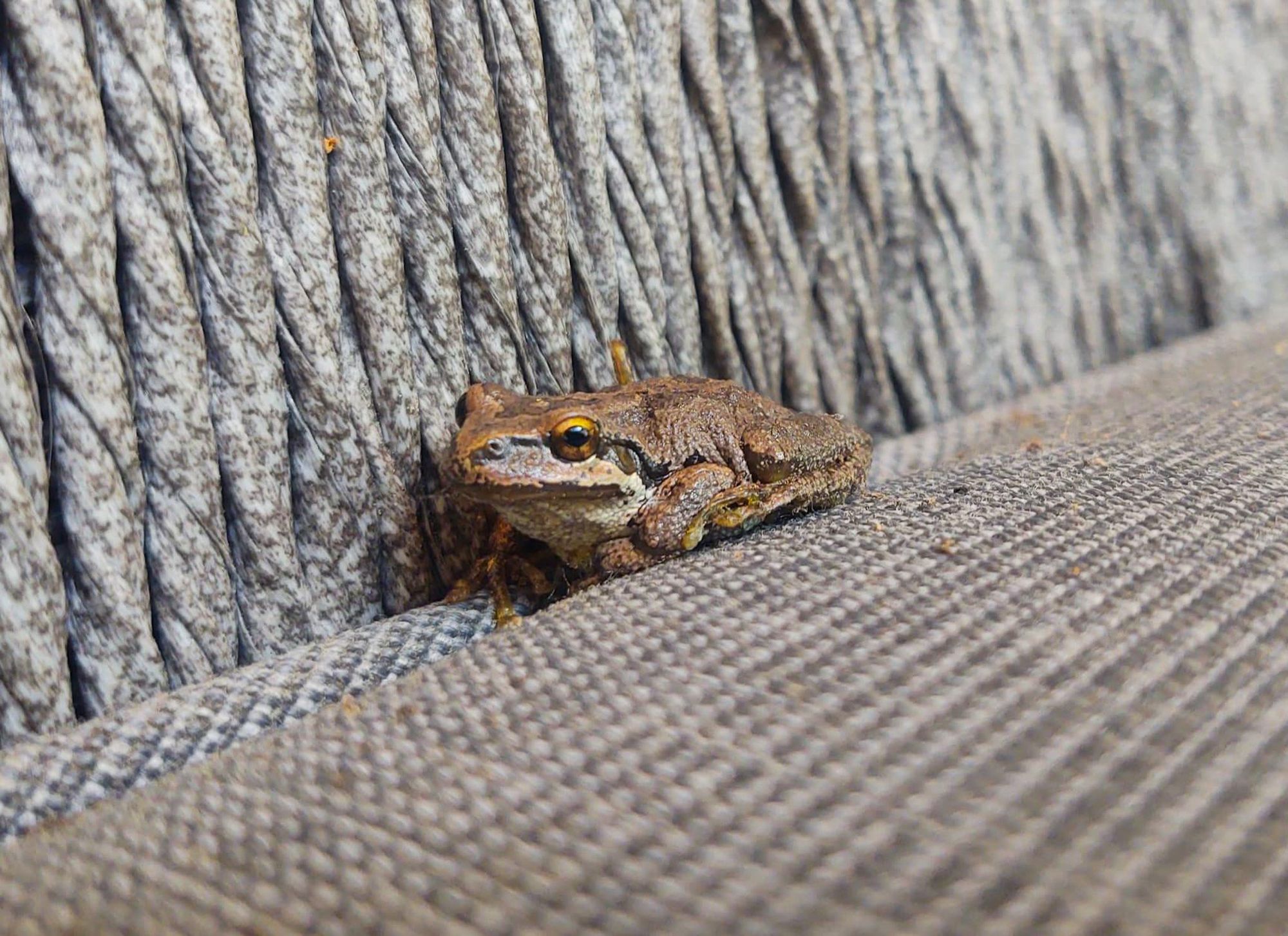
The flamboyant flowers of spring are distant memories now, but there are still some delightful flowers to be found around the Methow Valley!
For instance, you might be startled to run across huge, yellow flowers on dry rocky hillsides or roadsides. Known as blazing-stars for their brilliant colors and five large petals, these flowers are exceptional in having so many thread-like stamens in the center of their flowers. Anthers at the tips of these stamens open in the late afternoon, when they attract specialized pollen-collecting insects such as Perdita bees. If you touch this plant you'll notice that it's prickly with barbed hooks which are used to attach seeds to the fur of passing animals.
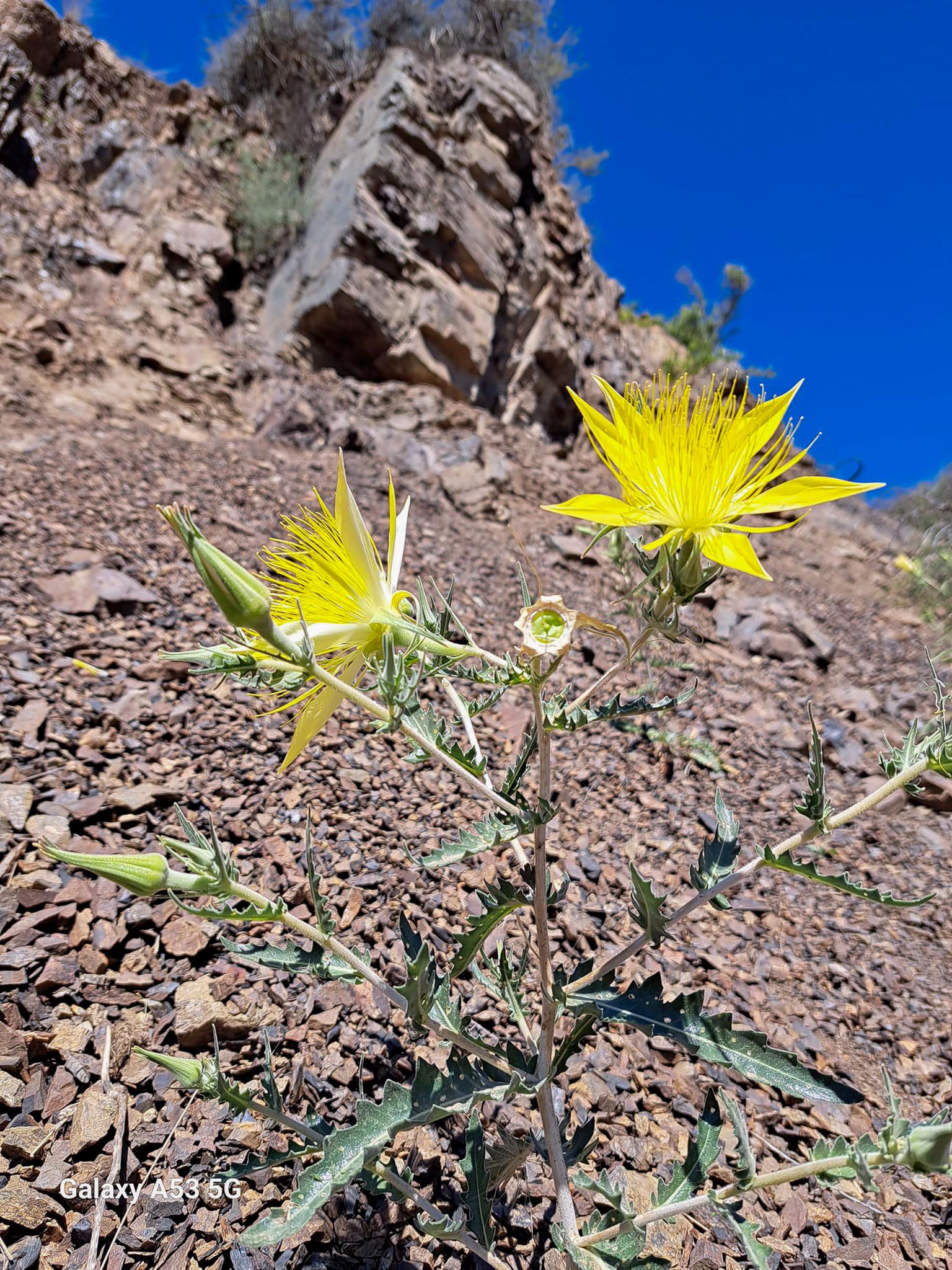
Another delightful flower reported this week are pinedrops. This common relative of huckleberries lacks green leaves so it's often called a saprophyte (a plant that lives on decaying material), but it's actually a mycoheterotroph (a plant that steals energy from the fused roots of fungi and woody plants).
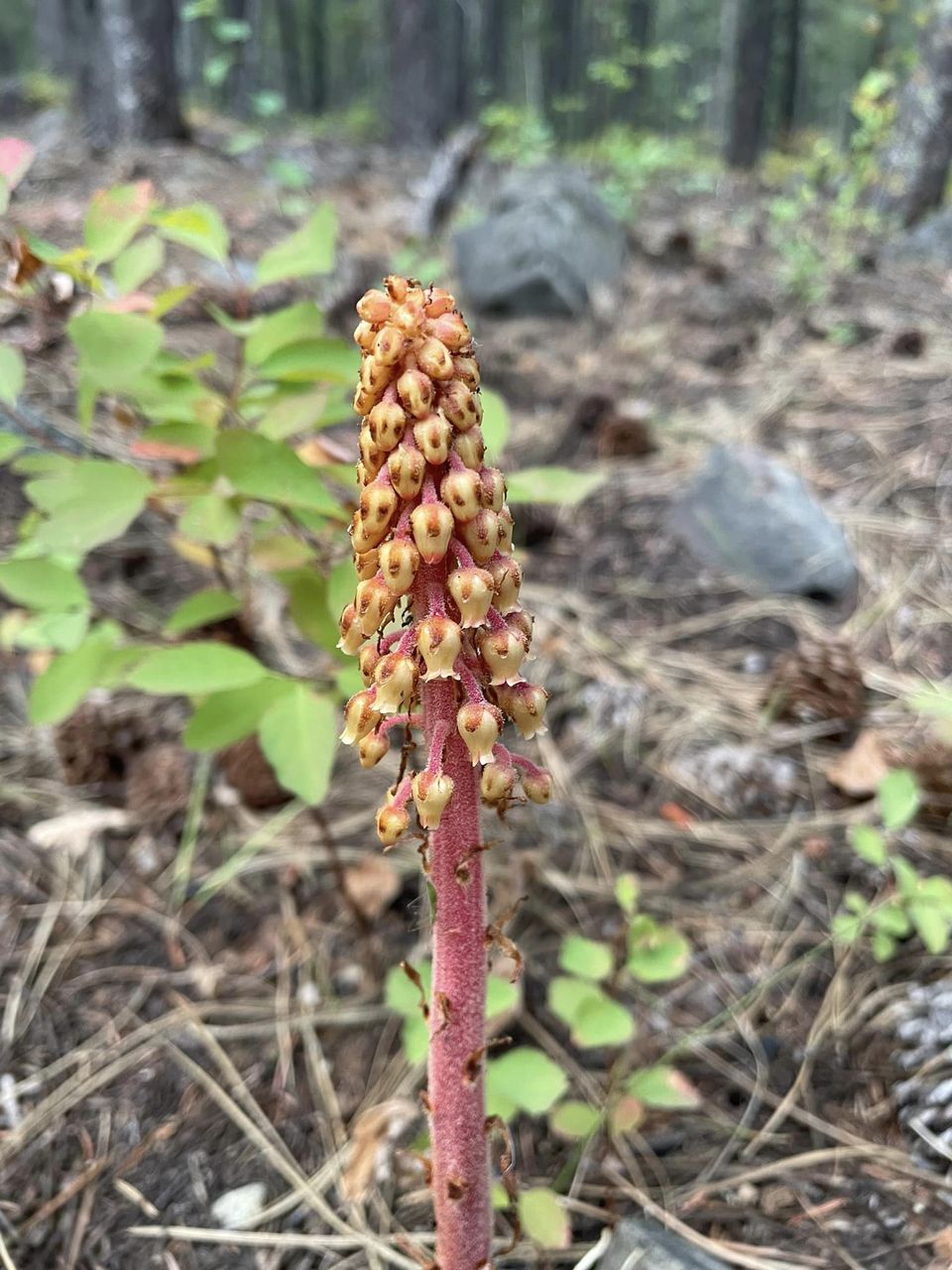
Speaking of huckleberries, this week I noticed bizarre growths on huckleberrries near Cutthroat Lake. At first I thought these conspicuous growths were galls but I later learned they are caused by a rust fungus (Pucciniastrum goeppertianum). This rust has two life stages and it alternates between living on huckleberries and on firs so one common name is the "fir-blueberry rust."
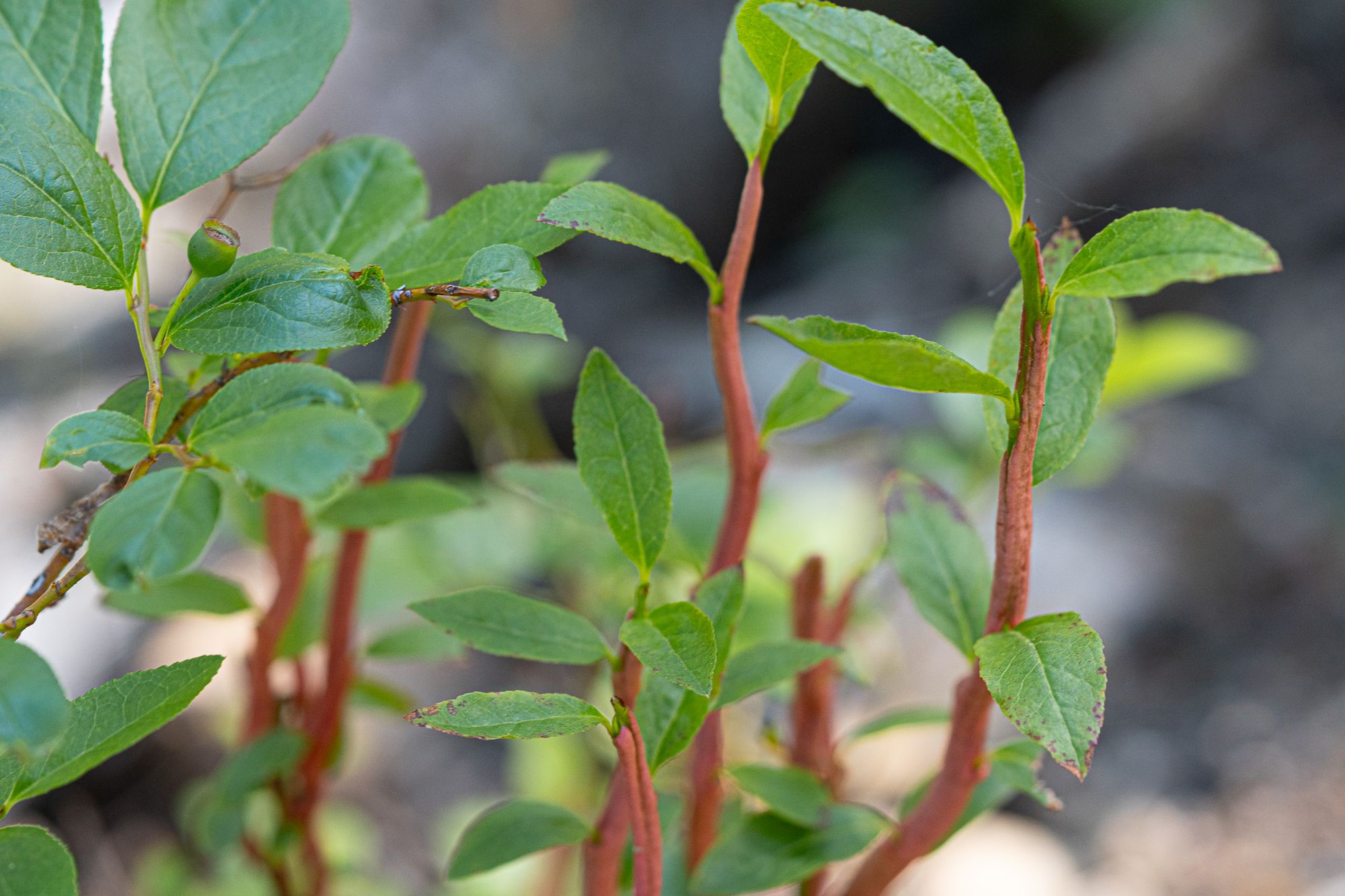
Observation of the Week: So Many Grasshoppers!
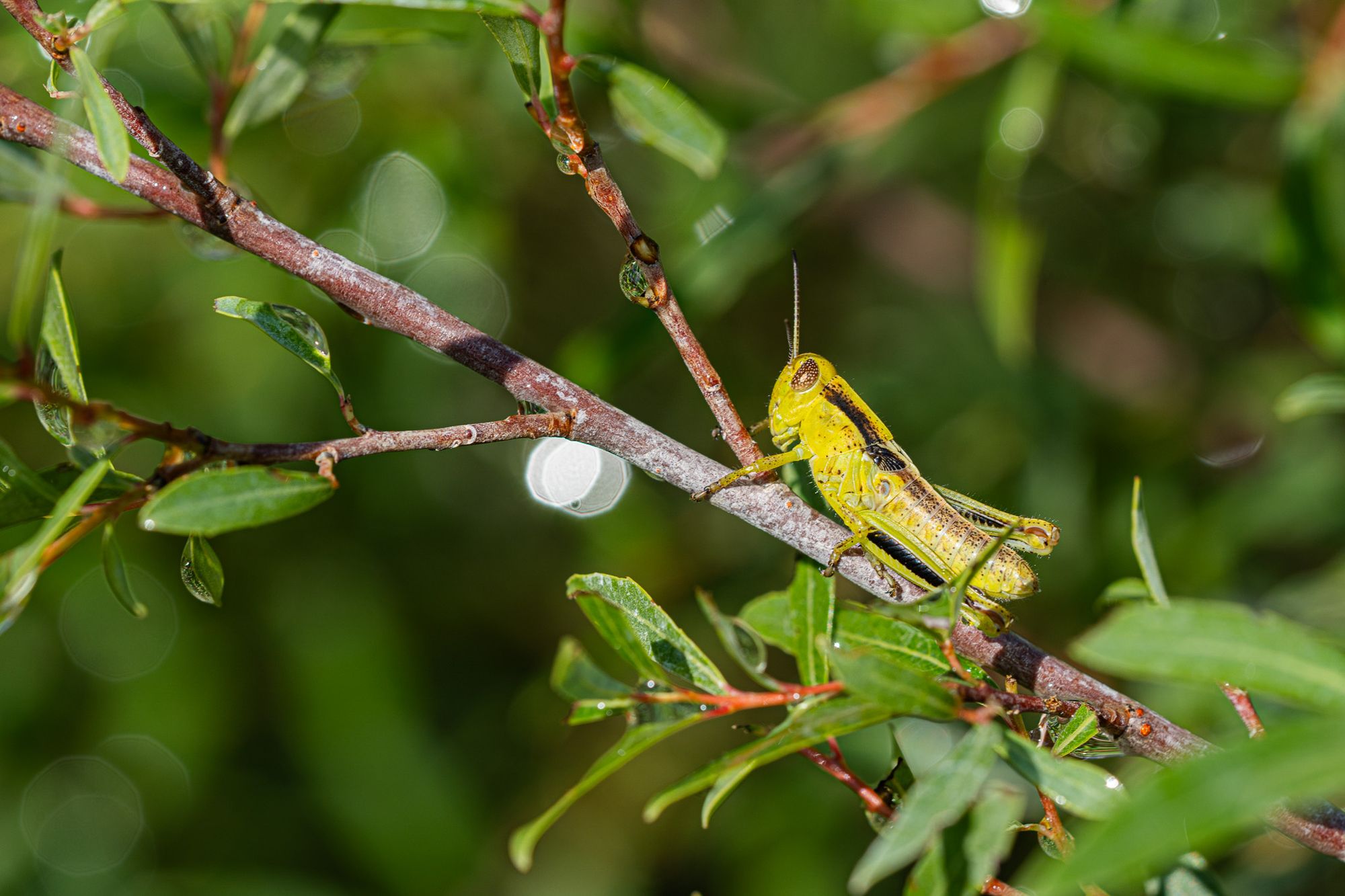
It would be hard to let the summer pass without commenting on the phenomenal number of grasshoppers we're seeing, or at least it seems like a lot to me. What do you think: Does it seem like there are more grasshoppers than usual this summer?
Grasshoppers are best known for chewing on plants and their sheer numbers can be almost frightening. Right now there are parts of Nevada being utterly swarmed by hordes of Mormon crickets (a type of katydid related to grasshoppers) and it's the stuff of nightmares.
Our own numbers aren't so bad, but it's still a little disconcerting to walk out into the yard with clouds of grasshoppers leaping up at every footstep.
As you might have noticed, in dry open areas, grasshoppers are often the most abundant herbivores and they can easily strip all the leaves off plants.
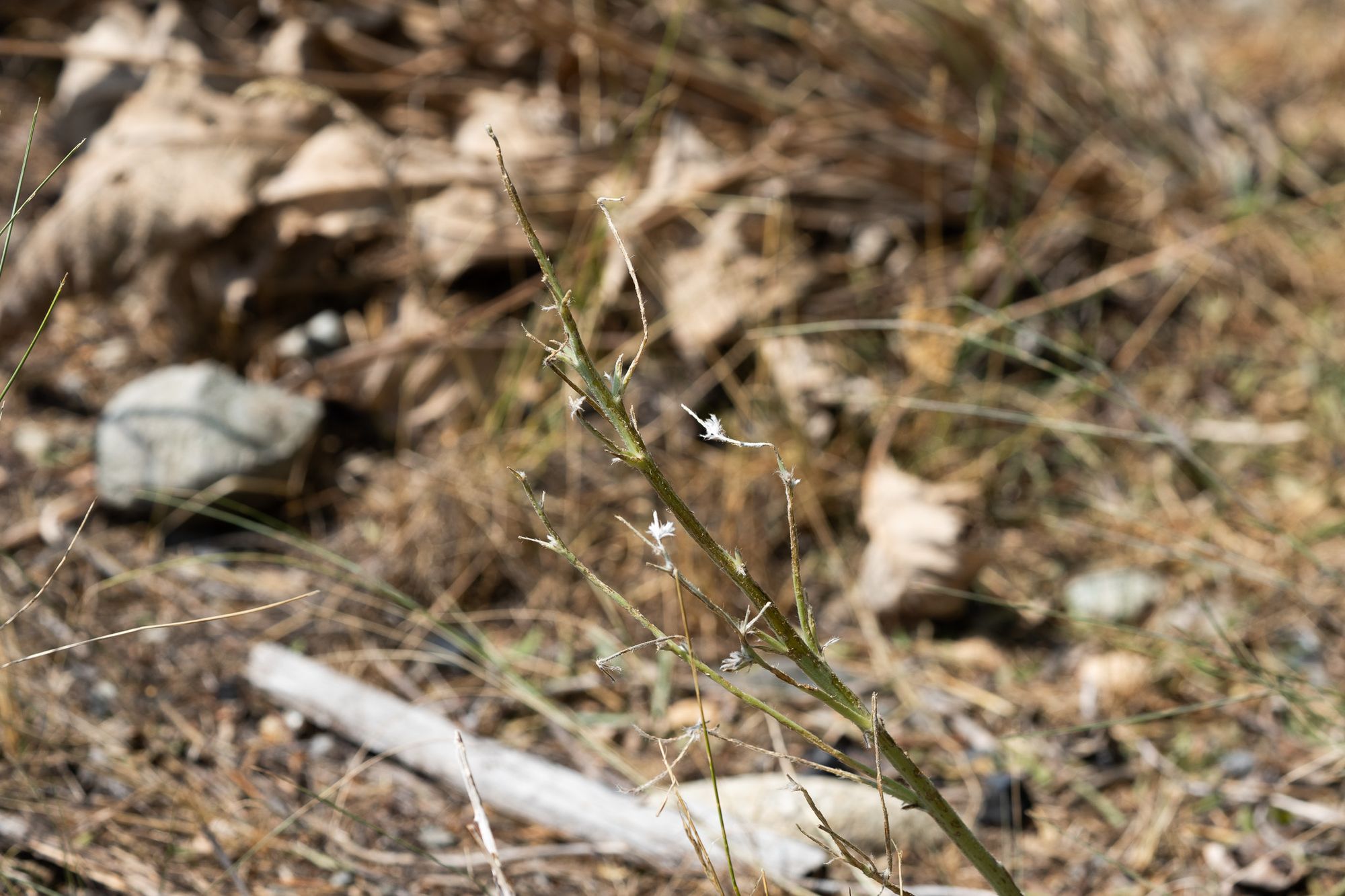
This tendency to devour vegetation makes it easy to think of grasshoppers as a bad thing, but they are actually providing an invaluable service.
When plants dry up in the summer the remaining nutrients are locked up in the dead plant tissue, which means these nutrients are not being recycled back into the ecosystem. However, grasshoppers consume a lot of plant tissue (equal to their own body weight eat day), breaking it down into tiny pieces and depositing it in their feces.
The plant tissues that grasshoppers eat, and poop out, are quickly and easily digested by soil microbes and rapidly cycled back into the ecological web, which is a critical function.
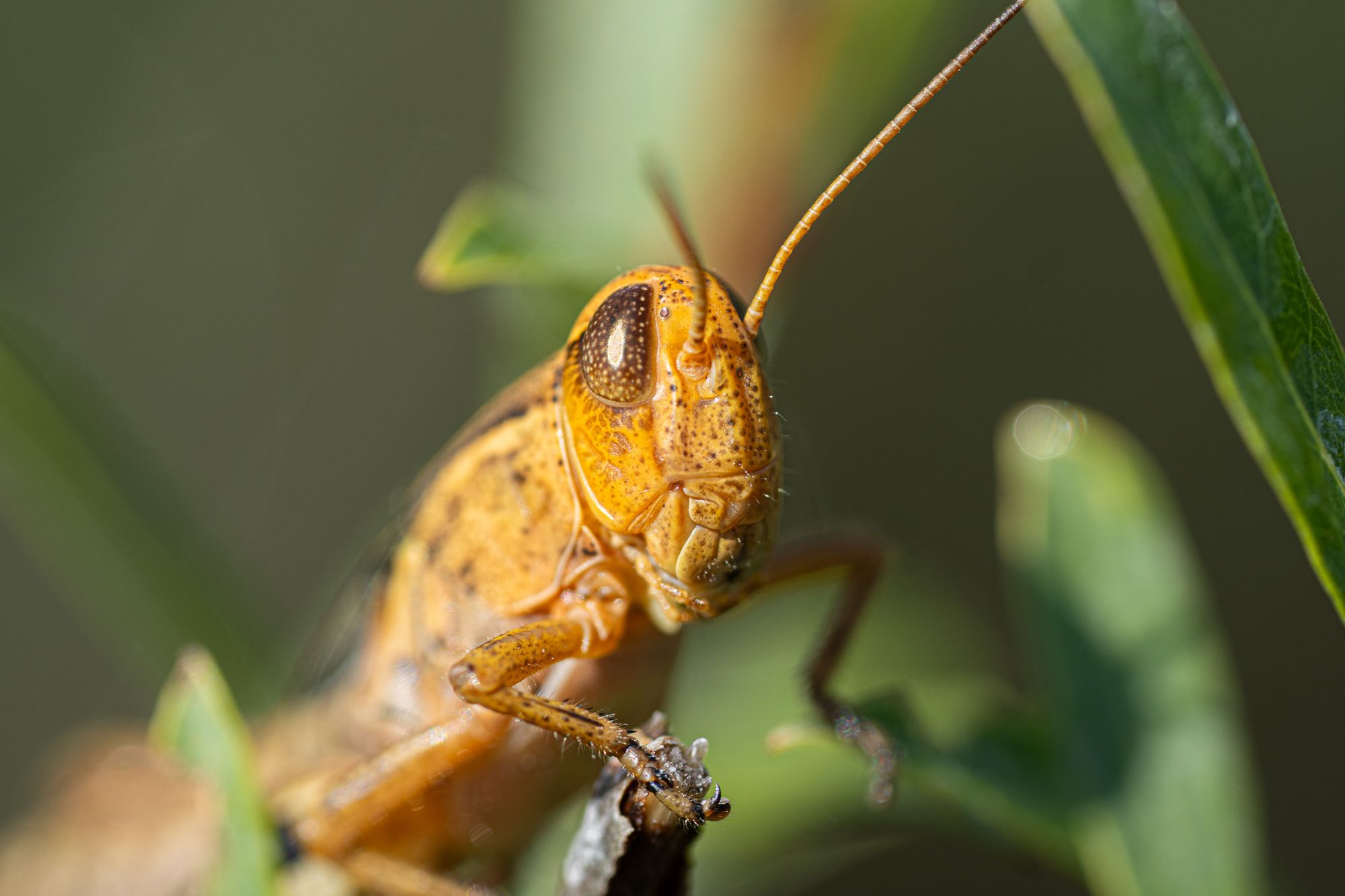
Another benefit of grasshoppers is that they are a super abundant, and easily acquired, food source for many larger animals, and in particular there are many kinds of birds that specialize on eating grasshoppers when they're available.
In this role, grasshoppers are converting plant tissues that larger animals cannot eat into bite-sized morsels that are very high in protein. In fact, grasshoppers can be an excellent source of protein for humans and they are eaten in large numbers in some parts of the world.
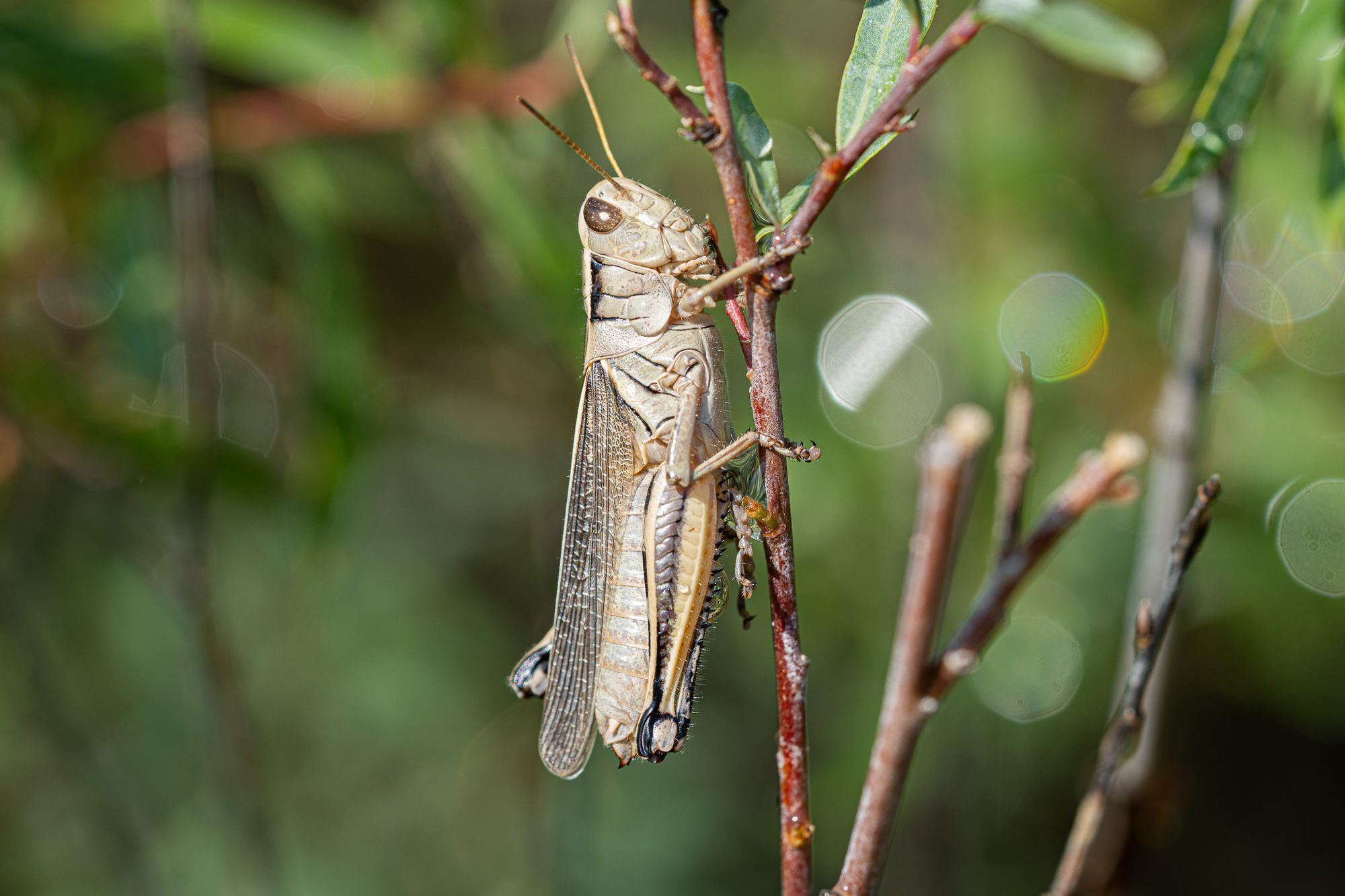
So grasshoppers might be a bit of a nuisance but on hot summer days they are one of the most dynamic, and important parts of the food web in the grasslands and open shrub steppe around the Methow Valley.


